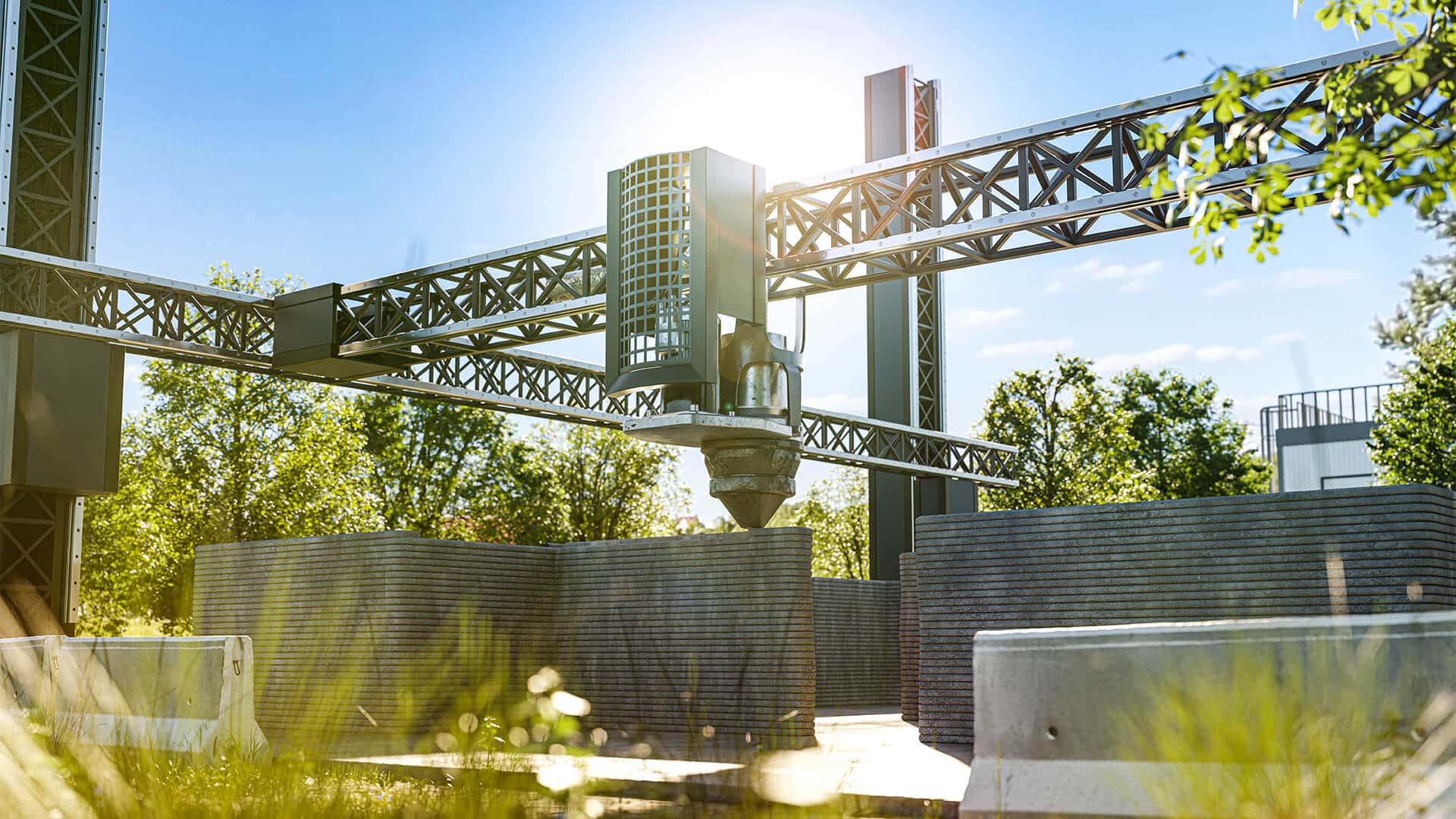Bottled water may not be as pollutant-free as it seems. A groundbreaking study conducted by a group of researchers at Columbia and Rutgers universities has unveiled startling levels of microscopic plastic particles in bottled water, far exceeding prior estimates. The findings, published this week in the scientific journal PNAS, revealed nearly a quarter of a million nanoplastics per liter of bottled water: up to 100 times more than researchers previously thought.
For years, the presence of plastic in our water supply has been a growing concern, but the exact quantity and size of these particles in bottled water has remained largely unquantified. Earlier studies provided much lower estimates, leading to a general underestimation of this potential health hazard.
The Columbia-Rutgers team filtered bottled water from three unrelated brands through an ultrafine membrane. Then, employing a new technique, the researchers used two finely-tuned lasers to detect and analyze the chemical bonds connecting nanoplastic particles – only 50 to 100 nanometers in length – to the membrane. The method marks a significant advancement in the field.
Experts like Wei Min, a chemistry professor at Columbia University and co-author on the paper, warn that “the smaller the particle size, the more dangerous it may be.”
Even tinier than microplastics, nanoplastics can penetrate the human gastrointestinal tract and lungs to reach the heart, brain, and even unborn babies via the placenta. Their effect on the body is uncertain, but concerns include their potential to emit damaging chemicals or pathogens. Ongoing research indicates they may harm immune, reproductive, and nervous systems, as well as DNA and brain function.
These findings further demonstrate the imperative to shift away from single-use plastics to reusable bottles for both health and environmental reasons.



















